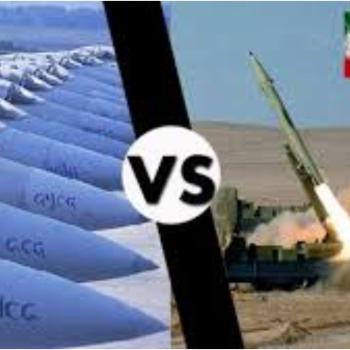Spend–and save–when using your credit card
Here’s a challenge: use your credit card as much as possible, and get richer while doing so.
All it takes is a good card and some discipline. A “good” card is one that pays generous benefits for spending money. The discipline is to only use the card as a replacement for the cash in your bank account, rather than to buy things you can’t pay for today. You’ll therefore be able to pay off the balance in full each month.
If you do that, the credit card is giving you a short-term, interest-free loan, and compensating you on top of it. It’s neither nefarious nor illegal. It’s simply good financial sense.
Go for cold, hard cash
Credit card rewards come in all shapes and sizes, but the best tend to be those that pay you pack in cash, typically one percent of annual spending. Shop for one of the cards that pay additional amounts for certain types of spending, such as groceries and gas. For instance, the Chase Freedom Card paid pays five percent cash back, up to $1,500, for purchases from a group of merchants that rotates every three months.
Beware the balance transfer fee
As long as you don’t use new credit cards to ring up more debt, a balance transfer can be a good way to save money. But beware–most cards charge a fee, typically three percent, at the time of the transfer. If you combine that with zero percent interest for 12 months, it hardly costs you zero percent. No-fee balance transfers are hard to come by, but when you’re shopping for a balance transfer deal, look for them first. Chase’s Slate card (they’re not paying us, really!), doesn’t charge a balance transfer fee for the first 30 days after opening account (check the terms before you apply, as they can change quickly).
Pay when you have to
If a bank gives you a no-interest loan, don’t pay it back until you absolutely have to. And that’s exactly what happens with a credit card: use it like cash, keep your own cash in a high-yield savings account, and pay off the card balance before interest charges kick in. The easiest way to do that is to set up an automatic payment from your bank account. Most card companies give the option of automatic payments on their web sites. If yours does, take advantage of it. But be careful: if you’re the type of person who might set up an automatic payment and forget to make sure the money’s in the account every month, you run the risk of a late fee. That will cost you much more than you’ll save by paying at the very last minute.
Don’t pay for a card
Banks are created to make money, so they’re not going to give it away without a fight. That’s even more reason not to pay an annual fee for the privilege to have a card. Banks offer no-fee cards because they consider it much more valuable to have you as an interest- and fee-paying customer over the life of your account. Unless you’re a particularly big spender who can take full advantage of some of the “special” rewards fee-based cards offer, don’t make matters worse by writing the credit card company an extra check every year.
Shop with your card (through your card’s site)
Many card companies arrange special discounts with online retailers when you visit them through the credit card’s web site. Don’t overspend, of course, but when you need to buy something online, it can pay to look at your credit card site first. Bank of America’s “Add It Up” program includes offers from Apple, 1-800-Flowers and a range of others.
Matthew Malone writes for the leading Roth IRA and online retirement planning resource, RothIRA.com. He is a CBS SmartPlanet contributing writer whose work has appeared in The New York Times, Cosmopolitan, Smartmoney.com, Fortune.com, Forbes.com, and other publications.















